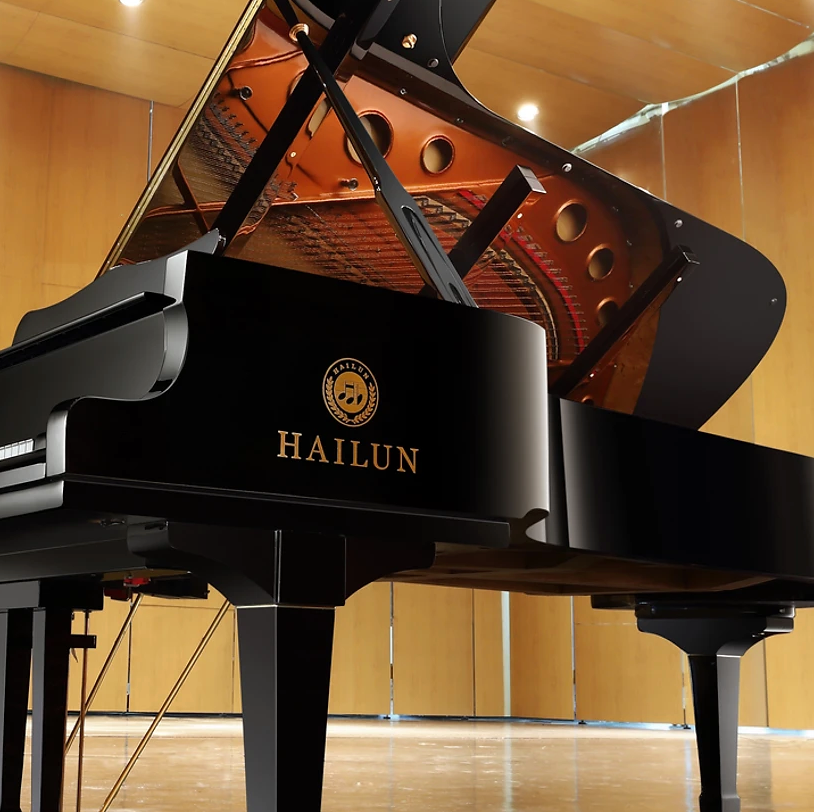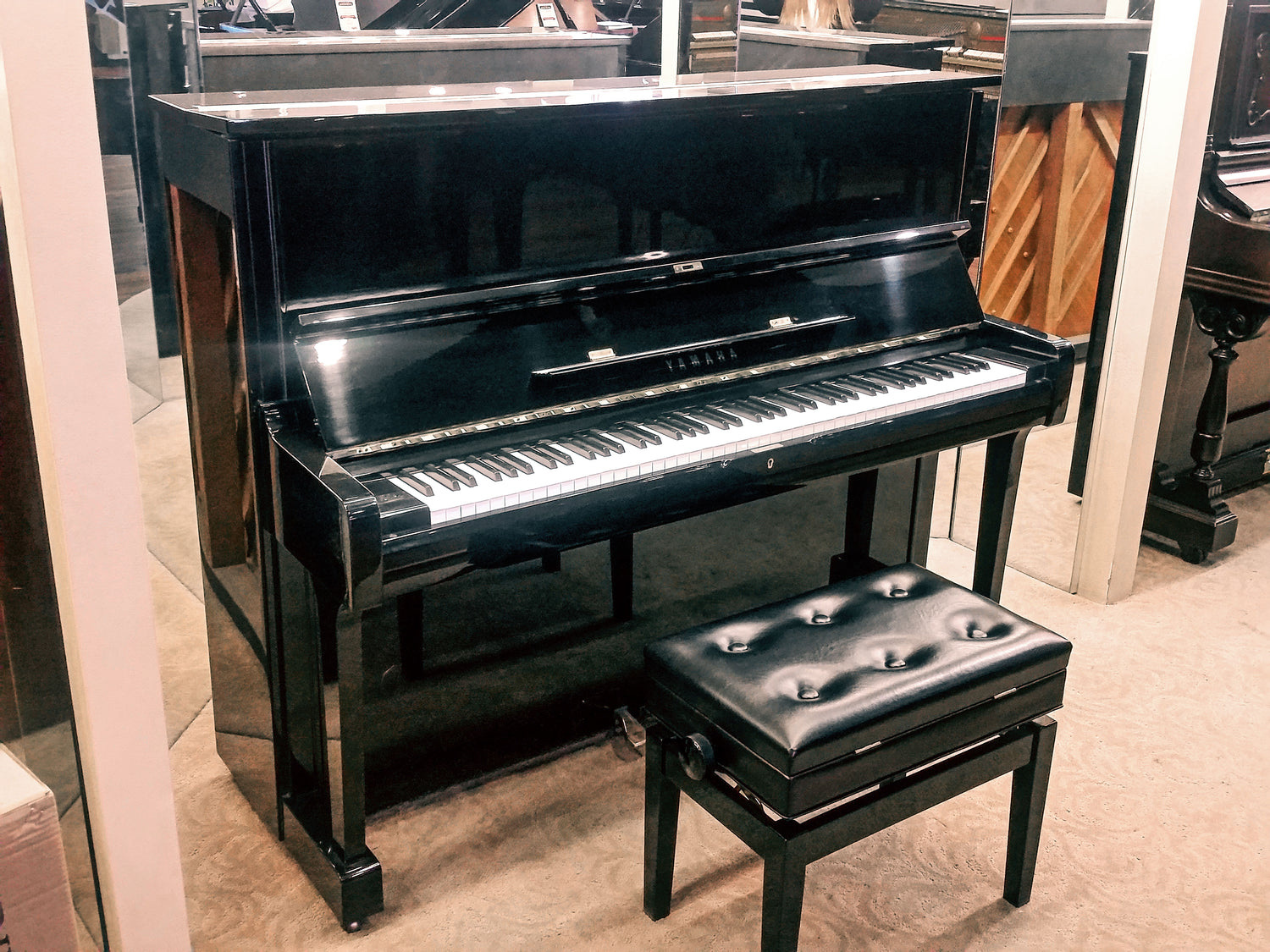Share
Lester
The Brown Family Piano!
The Brown Family Piano!
I grew up in a musical family. My mother, Myrna Brown, taught flute performance at the University of Texas at Arlington and my father, Newel Kay Brown, taught music theory and composition at the University of North Texas. Each of my siblings played an instrument, which made studying the piano and later the cello a natural extension of family life. Music composition also came naturally and, although I never pursued it in earnest, over the years it provided an important means of expression. At age eleven, my parents sent me to northern Germany where I lived with a family for the summer and studied piano with the organist from the local Lutheran parish. Summers for me often involved living away from home, including two summers in Michigan, where I studied at Interlochen. When the time came to apply to college, I auditioned at Eastman School of Music and Brigham Young University and, ultimately, accepted a scholarship from BYU, where I studied piano with Paul Pollei, a friend of my parents from graduate school days at Eastman. At an early age, I fell in love with the music of Russian composers, which influenced my decision as a freshman to study the Russian language. That same year, the Soviet Union collapsed, and I worked out a way to spend the summer of 1992 in Ukraine, Russia, and the Baltic States, where I immersed myself in the language and culture. During that same year, I met Emily Barrett, a talented violist studying with David Dalton, and four years later we married. Emily and I both pursued advanced degrees – she in viola performance and I in Russian and Second Language Acquisition. As our family grew, we made a point of exposing our children to music in their formative years, so that they acquired the language of music in a natural environment. In 2004, we returned to Provo where I joined the faculty at BYU teaching Russian language and culture. Shortly thereafter, we bought a home and, at long last, were able to move the grand piano highlighted in this contest into our living room. This year will mark twenty years that our family has lived in Provo and music continues to play a uniting role for us. Each fall semester, I teach a General Education course at BYU that explores Russian culture through the arts and letters. Emily regularly performs with the Utah Symphony and other local ensembles, and our children continue to cultivate their musical talents both in terms of performance and composition.
My father, Newel Kay Brown, grew up on the south side of Salt Lake City during the pre-World War II years. His mother, Lottie, loved music and dreamed of one day owning a grand piano. Given their modest financial circumstances, purchasing such an instrument seemed unattainable; however, thanks to the generous support of her brothers, the family was able to purchase a Lester grand piano without having to take out a loan from the bank. Far from merely acting as a piece of furniture, the Lester grand became an integral part of my father’s upbringing and contributed to his pursuing bachelor’s and master’s degrees in music from the University of Utah. Those years included music composition classes with Leroy Robertson, who played a pivotal role in my father’s education and who, in later years, invited my father to contribute a piece to the Children’s Songbook for the Church, which he did and titled I Hope They Call Me on a Mission. After meeting my mother and eventually moving to Denton, Texas where he taught music theory and composition at the University of North Texas, our family often would drive to Utah to visit relatives, including his parents. My grandparents loved to hear us perform our latest pieces and these impromptu recitals often were the highlight of our visits. When I was in junior high, my parents and I drove up to Salt Lake to load up the Lester grand and bring it to Texas. We borrowed a 1960s Buick from an elderly couple in our ward and pulled an open-air trailer that the husband had made. In retrospect, I’m amazed that we arrived back in Denton together with the piano in one piece. To this day, you can see where the rope securing the piano in the trailer left its mark. The addition of the Lester to our home coincided with a time when I devoted many hours a day to practicing and, only a few years later, with the unexpected passing of my mother. Then especially, the piano offered much needed solace and a sounding board for my soul. Years later, my wife, Emily, and I feel fortunate to have the Lester grand grace our living room where it continues to bless the next generation.
- YEAR 1940-1950
- MAKE Lester
- SERIAL NUMBER 185231
- FINISH Mahogany
- CATEGORY CONTESTANT
Couldn't load pickup availability



Add Player Technology to Any Piano!
Explore More Pianos
View all-

Steinway Pianos
Steinway pianos are world-renowned for their superior craftsmanship and exquisite sound. One...
-

ALL Grand Pianos
Grand pianos are among the most prestigious and iconic musical instruments, known...
-

Art Case Pianos
Art case pianos are a category of pianos that blend exceptional musical...
-

Hailun Pianos
LEARN ABOUT HAILUN PLEASE CALL OR VISIT OUR SHOWROOM FOR PRICING -...
-

Restored Pianos
Restored pianos are musical instruments that have undergone a thourough process of...
-

Kawai Pianos
Kawai pianos are highly regarded for their precision craftsmanship, innovative technology, and...
-

Rental Pianos
Renting a piano is a flexible and cost-effective way to have a...
-

ALL Upright Pianos
Upright pianos come in various sizes, with heights ranging from about 36...
-

Used Pianos
All of our used pianos have been throughly looked at and gone...
-

Yamaha Pianos
Yamaha pianos are renowned for their exceptional sound quality and advanced technology....













